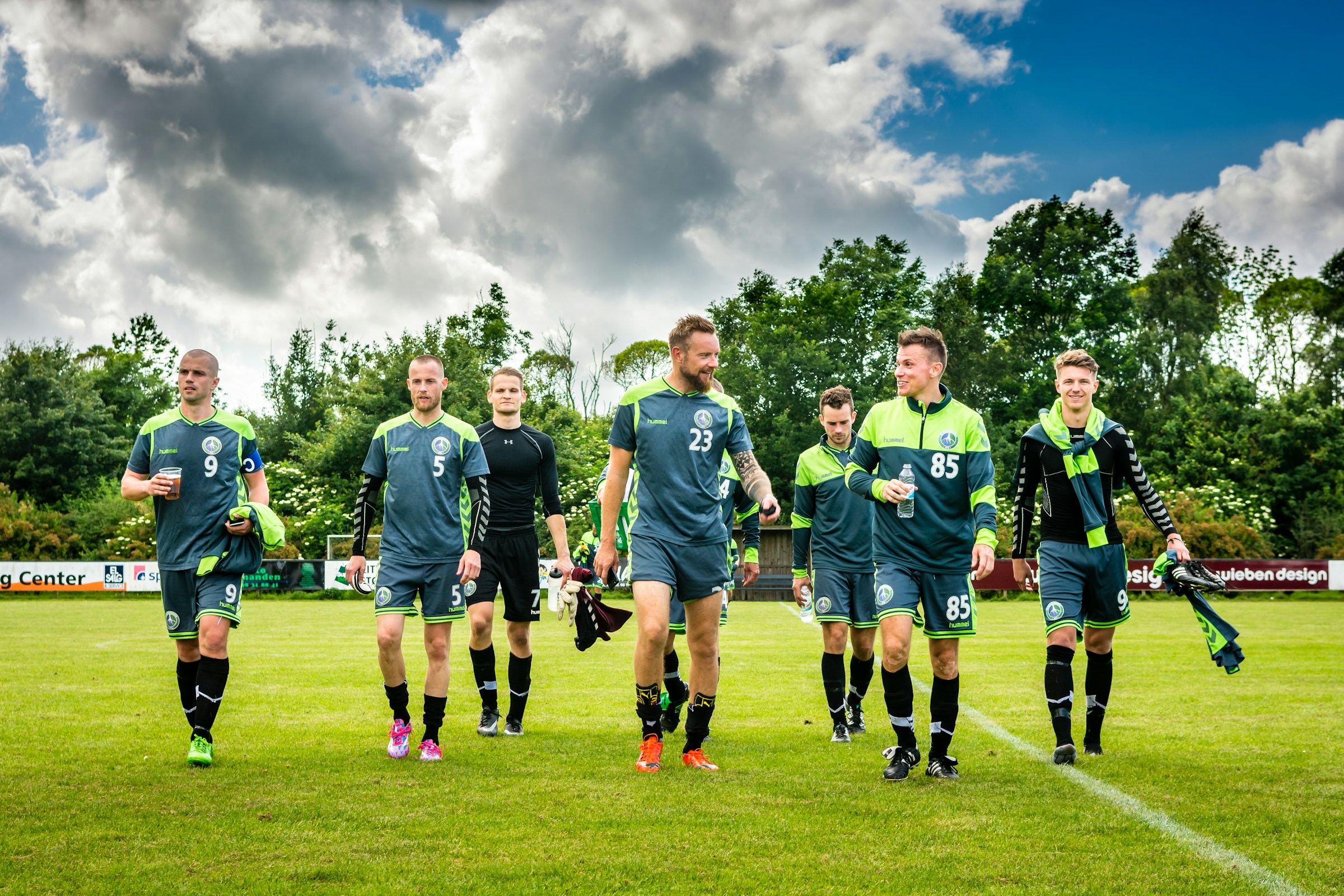ACL or anterior cruciate ligament injuries are a dreaded nightmare for many athletes, particularly soccer players. They are often season-ending and can spell the end of a promising career. That’s where neuromuscular training comes in, a preventative approach that improves strength and balance, reduces the risk of injury, and helps players stay in the game.
The Science Behind ACL Injuries
Let’s start by understanding the science behind ACL injuries. The anterior cruciate ligament is one of the four primary ligaments in your knee. It plays a significant role in stabilizing the knee joint during rotational movements. When soccer players change direction rapidly or land from a jump incorrectly, the ACL can tear.
Also read : How Can Synchronized Swimmers Optimize Their Routines for Maximum Artistic Scores?
According to a study published in “Google Scholar,” a significant number of soccer players who undergo ACL reconstruction experience a re-injury within two years. Unsurprisingly, these re-injuries often occur in the same knee, leading to a greater risk of long-term knee instability and osteoarthritis. Thus, developing effective strategies to prevent the occurrence and recurrence of ACL injuries is of utmost importance.
Neuromuscular Training and Its Benefits
Neuromuscular training involves exercises that enhance strength, agility, and proprioception. It aims to improve an athlete’s control over the body’s movements to reduce the risk of injuries.
Additional reading : How Can Baseball Hitters Use Video Analysis to Improve Their Batting Average?
A research study indexed in “Crossref MED” has shown that neuromuscular training enhances muscle strength and balance, two critical elements in preventing ACL injuries. This training includes a variety of exercises involving plyometrics, balance, and agility drills, as well as strength training.
By improving motor control, neuromuscular training can help athletes move more efficiently and reduce the loads placed on the ACL during high-risk maneuvers, such as sudden stops or changes in direction.
Neuromuscular Training in ACL Injury Prevention
In the world of sports, prevention is always better than cure. With that in mind, numerous studies have explored the role of neuromuscular training in preventing ACL injuries.
According to a study you can find on “Google Scholar“, neuromuscular training can reduce the risk of ACL injuries by up to 50% in soccer players. This study also found that neuromuscular training was even more effective in preventing ACL injuries in female players who have a higher risk of this type of injury.
These findings highlight the importance of incorporating neuromuscular training into the training regimen of soccer players. By enhancing the athlete’s balance, coordination, and strength, this form of training can help players avoid situations that could lead to ACL injuries.
Neuromuscular Training in ACL Re-injury Prevention
Suffering an ACL injury is devastating for a soccer player, but experiencing a re-injury can be even more disheartening. The good news? Neuromuscular training may help in preventing ACL re-injuries.
Researchers from a study available on “Crossref MED” found that soccer players who participated in neuromuscular training after an ACL reconstruction had a significantly lower risk of experiencing a re-injury.
This intervention is likely effective because it helps to correct movement patterns that may have contributed to the initial injury. It also strengthens the muscles surrounding the knee, providing better support and reducing the strain on the ACL.
Integrating Neuromuscular Training into Soccer Training Routine
Now that you understand the benefits of neuromuscular training, the next step is to integrate it into the regular training routine of soccer players.
The most effective neuromuscular training programs are those that are sport-specific, according to a study on “Google Scholar“. In other words, the exercises should mimic the movements that soccer players are likely to perform during a game.
For example, plyometric exercises can mimic the jumping and landing that occurs during a header, while agility drills can simulate the rapid changes in direction that are often required in soccer.
By integrating neuromuscular training into the regular training regimen, soccer players can not only reduce their risk of suffering an ACL injury but also improve their overall performance on the field.
The Importance of Continual Neuromuscular Training for Soccer Players
Ensuring the health and safety of soccer players requires a consistent emphasis on prevention strategies, particularly when it comes to mitigating the risk of ACL injuries. Neuromuscular training is a key instrument in this endeavor. According to a systematic review published on “Google Scholar“, continuous neuromuscular training is associated with a significantly lower risk of ACL injuries among soccer players.
Neuromuscular training should be an ongoing process, not just a recovery protocol after an injury has occurred. Consistent neuromuscular training helps athletes maintain muscle strength, balance, and agility, thereby reducing the likelihood of injury. It also promotes better body control, leading to more efficient movement patterns that lessen the stress on the ACL.
Researchers stress the importance of making neuromuscular training a routine part of soccer training. This approach helps to ingrain proper movement patterns into the player’s muscle memory. Over time, these patterns become second nature, increasing the player’s ability to avoid movements that might lead to an ACL injury.
Incorporating neuromuscular training into the daily regimen also has the added benefit of improving overall soccer performance. According to a study on “Crossref MED“, athletes who undergo regular neuromuscular training exhibit improved speed, agility, and power, all of which are critical attributes for soccer players.
Additionally, for female athletes, who are known to have higher ACL injury incidence rates, neuromuscular training is even more critical. A meta-analysis available on “Scholar Crossref” revealed that neuromuscular training programs can significantly reduce ACL injury rates among female soccer players.
Conclusion: The Pivotal Role of Neuromuscular Training in Soccer
In conclusion, neuromuscular training plays a vital role in preventing ACL injuries and re-injuries among soccer players. Its effectiveness in enhancing muscle strength, balance, agility, and proprioception makes it a crucial component of any comprehensive injury prevention strategy.
Continuous neuromuscular training, specifically tailored to mimic soccer movements, not only decreases the risk of anterior cruciate ligament injuries but also optimizes players’ performance on the field. The findings from various research studies, available on platforms like “Google Scholar“, “Crossref PubMed“, and “Sports Med“, underscore the significance of this training approach in reducing ACL injury rates.
While an ACL injury can be a career-altering event, it doesn’t have to be. With the implementation of regular, sport-specific neuromuscular training, soccer players can stay healthier, perform better, and extend their playing careers. As the adage goes, an ounce of prevention is worth a pound of cure. In the context of soccer and ACL injuries, neuromuscular training is that priceless ounce of prevention.











